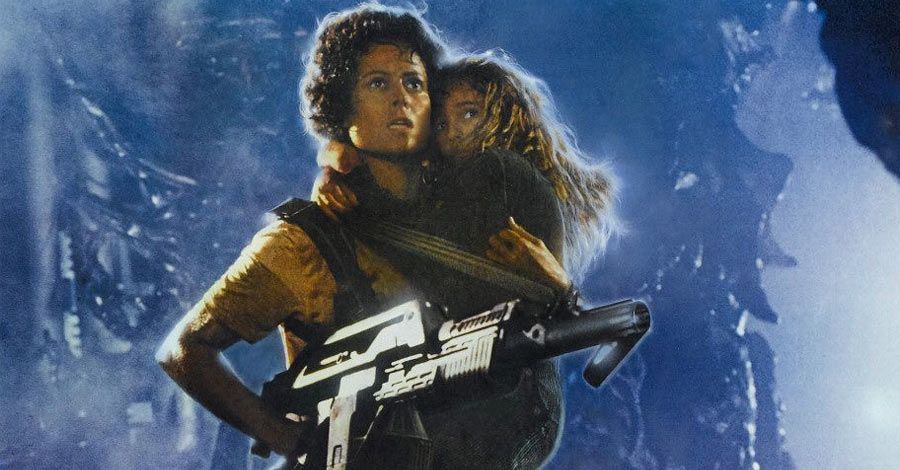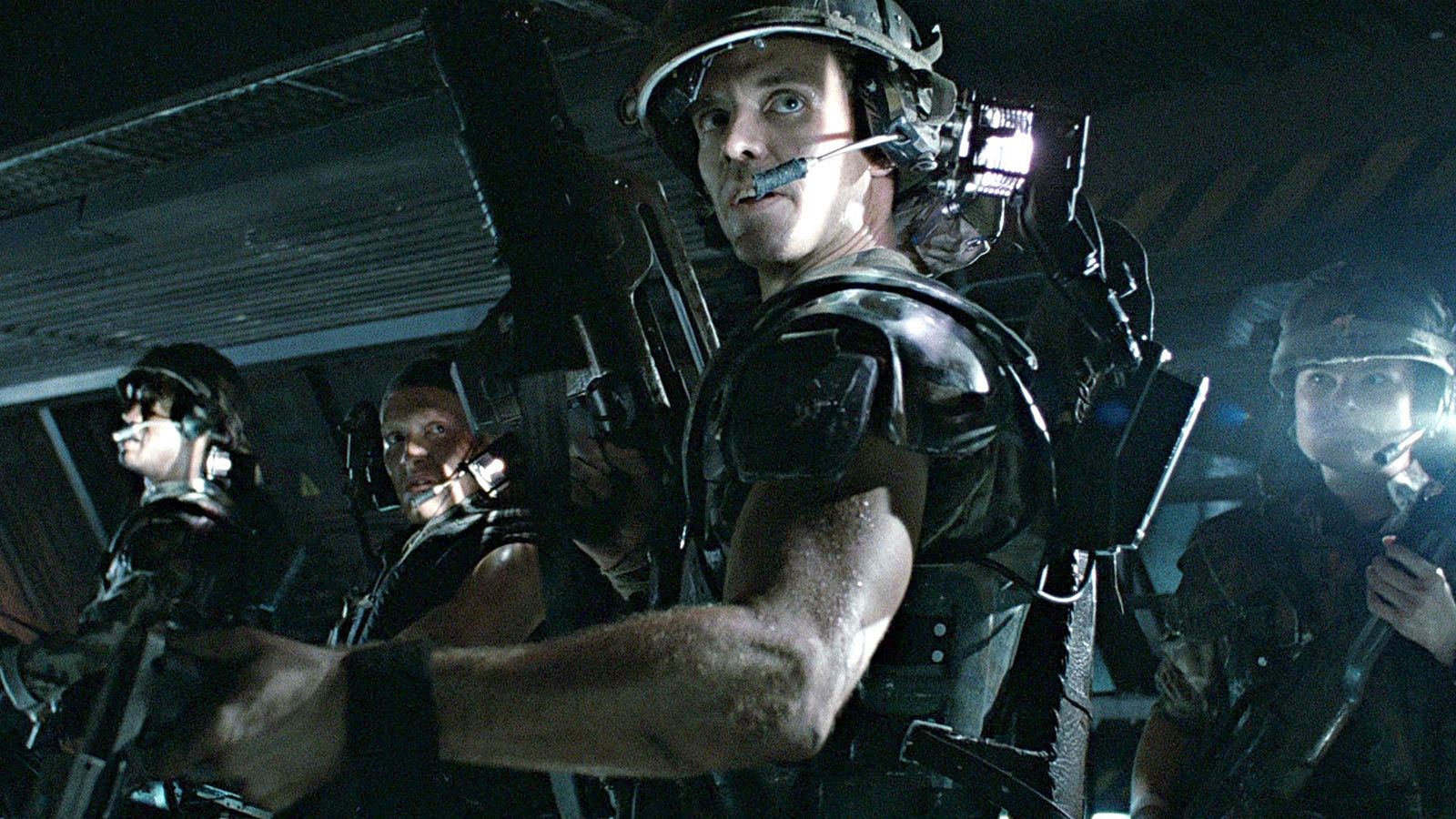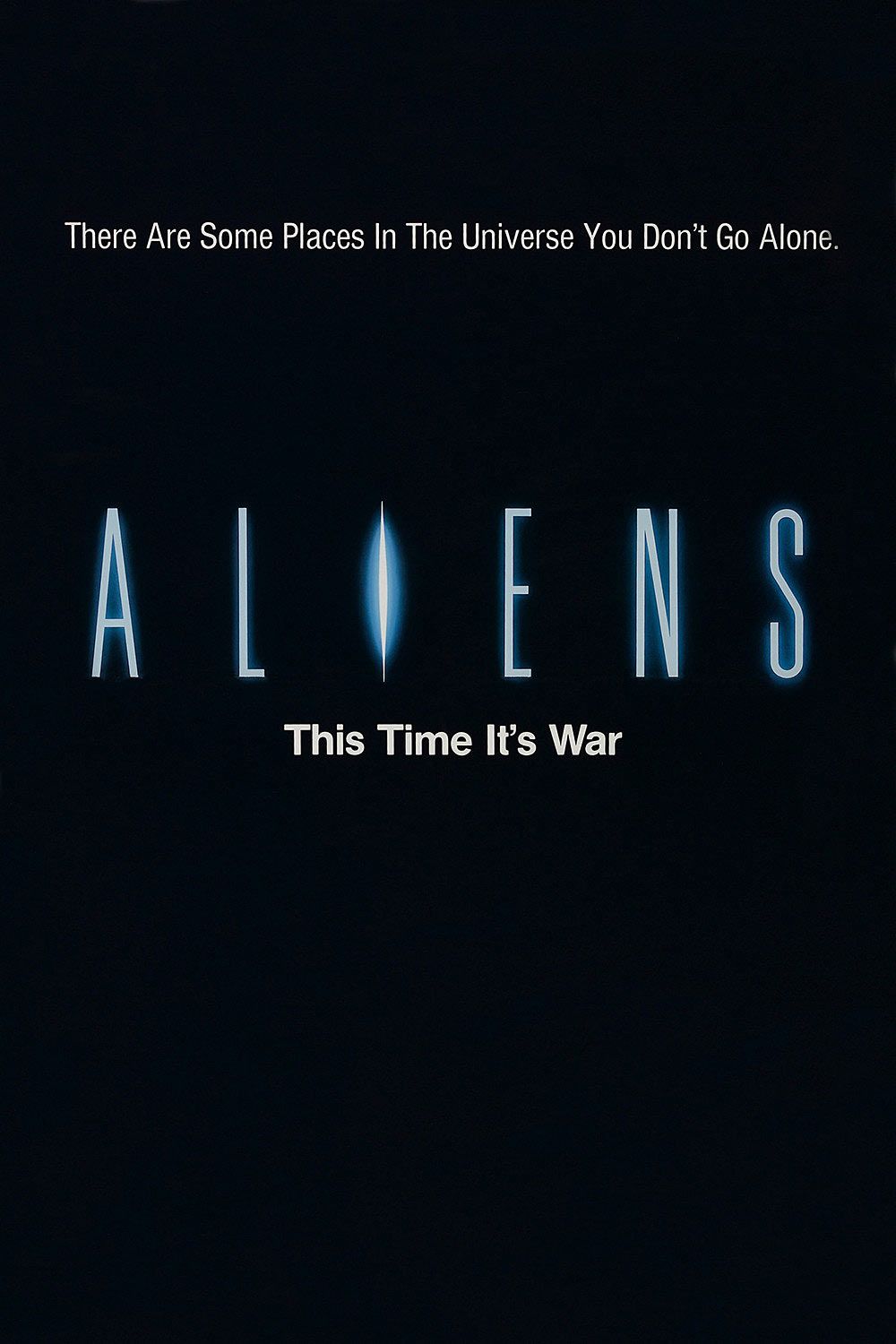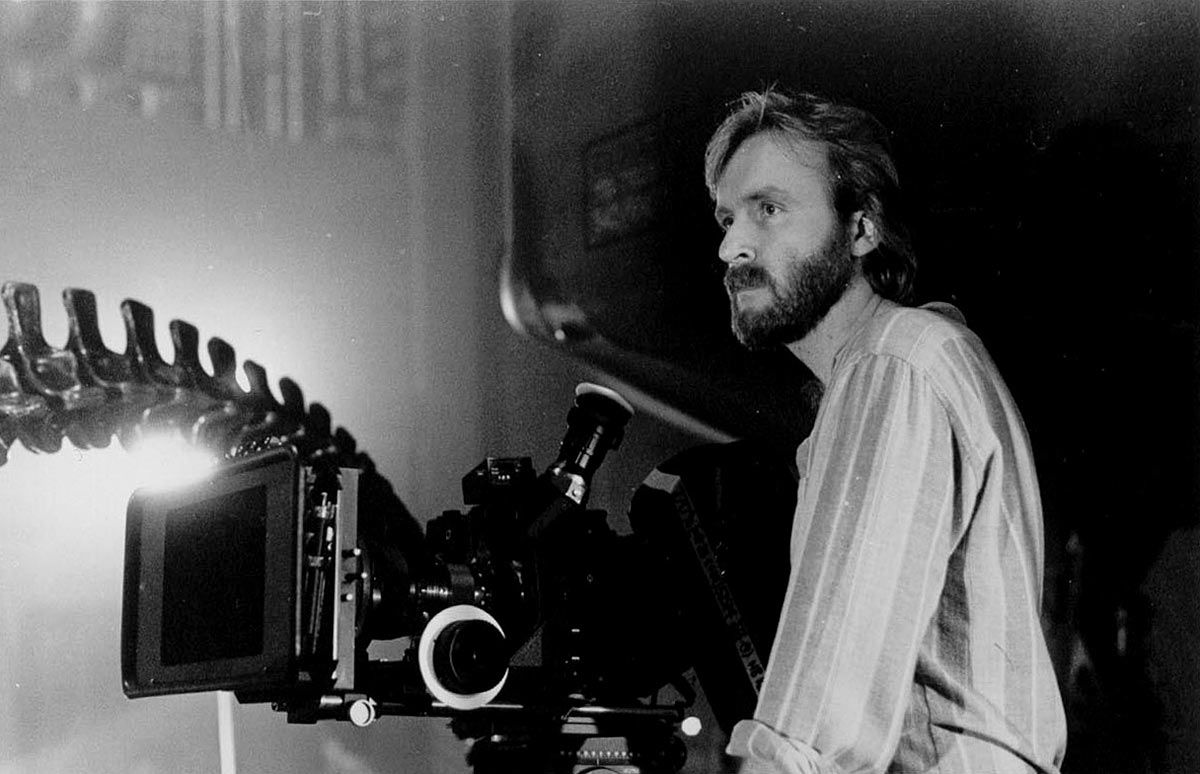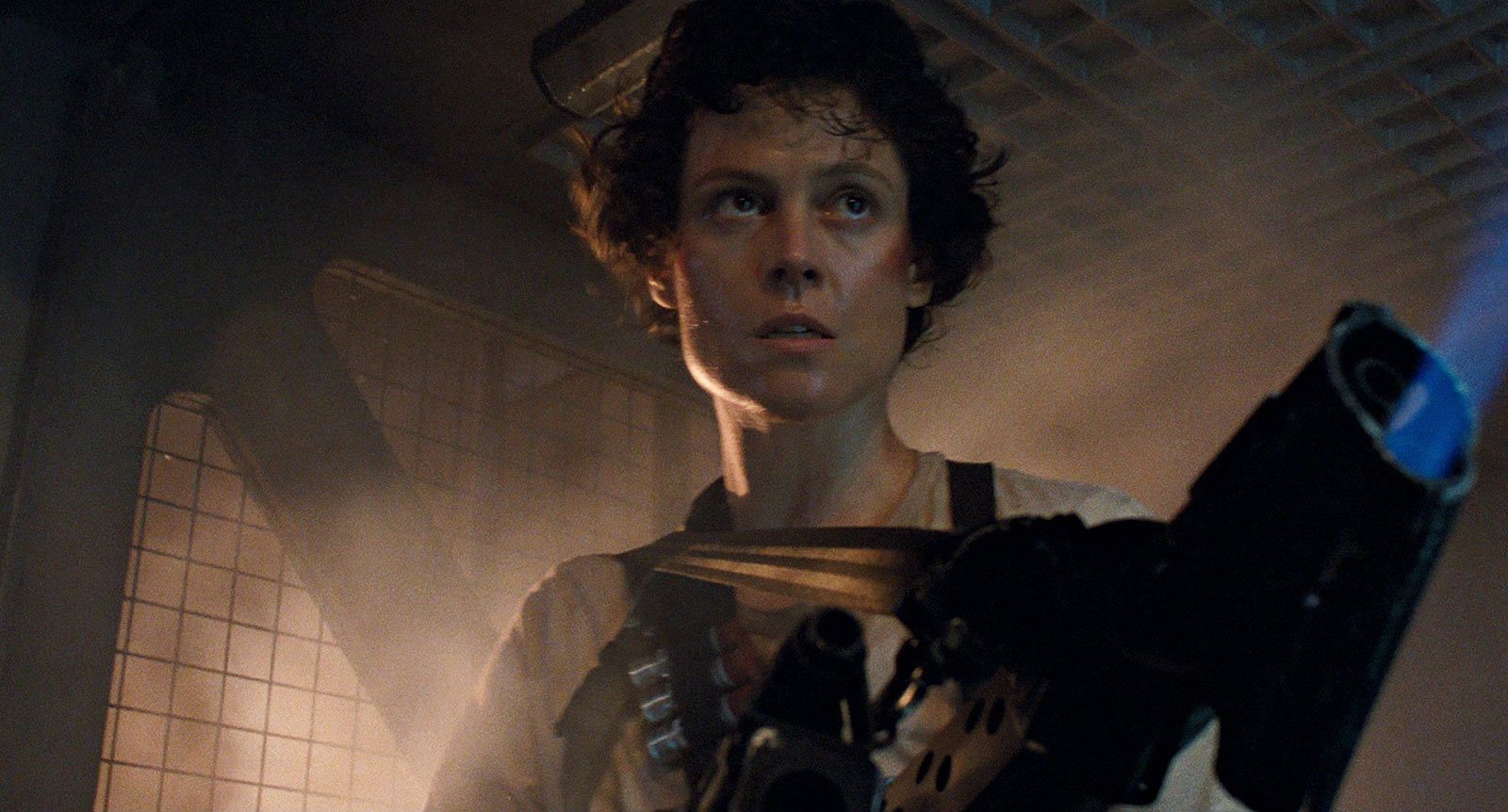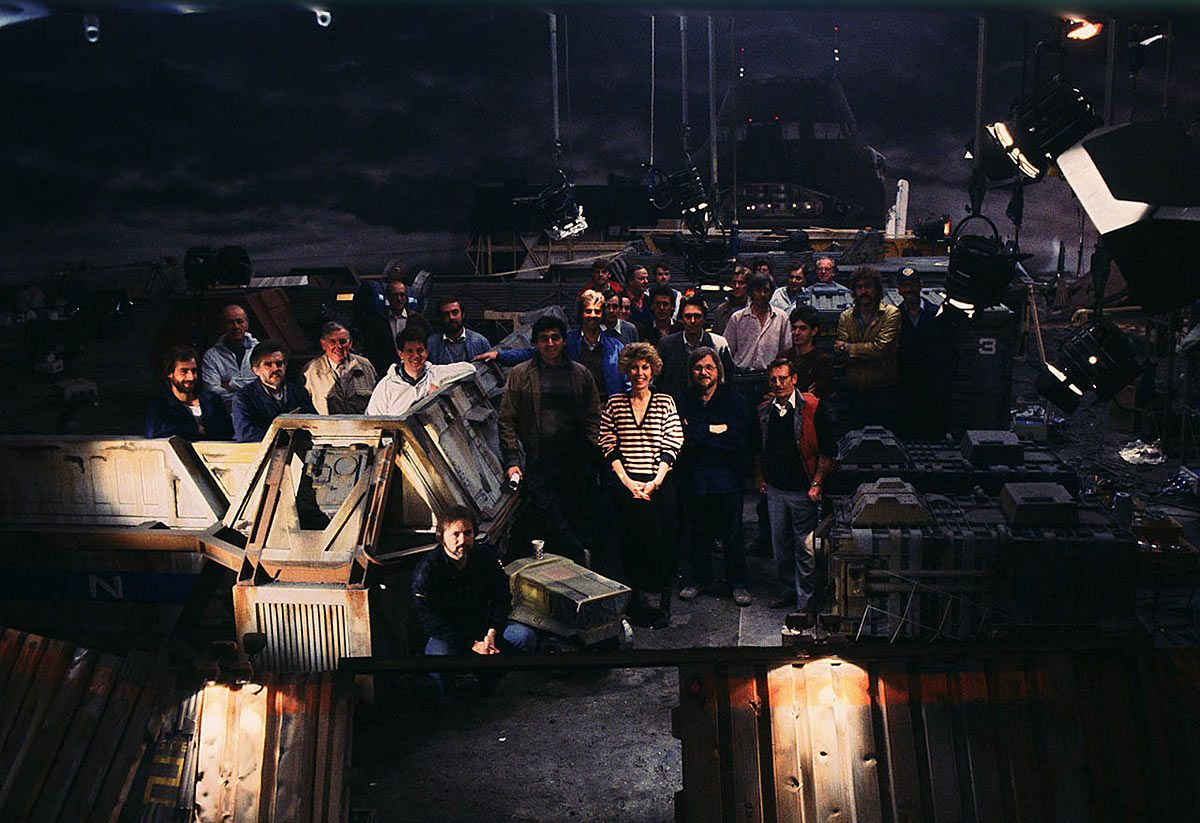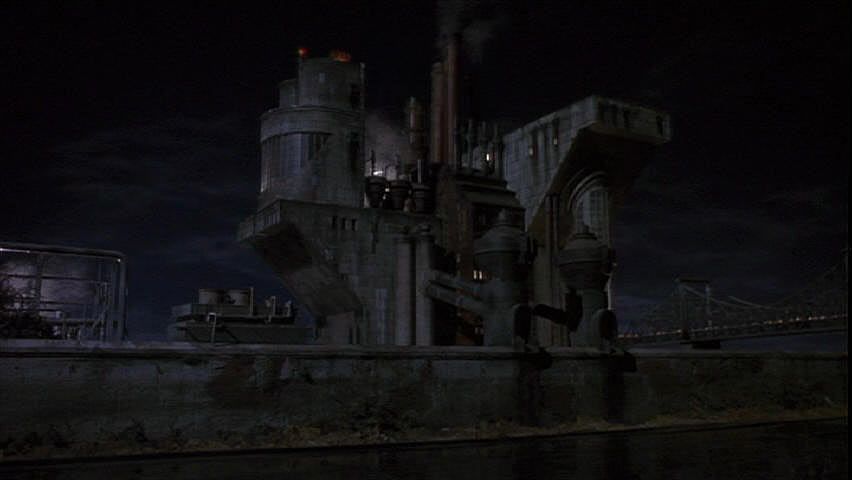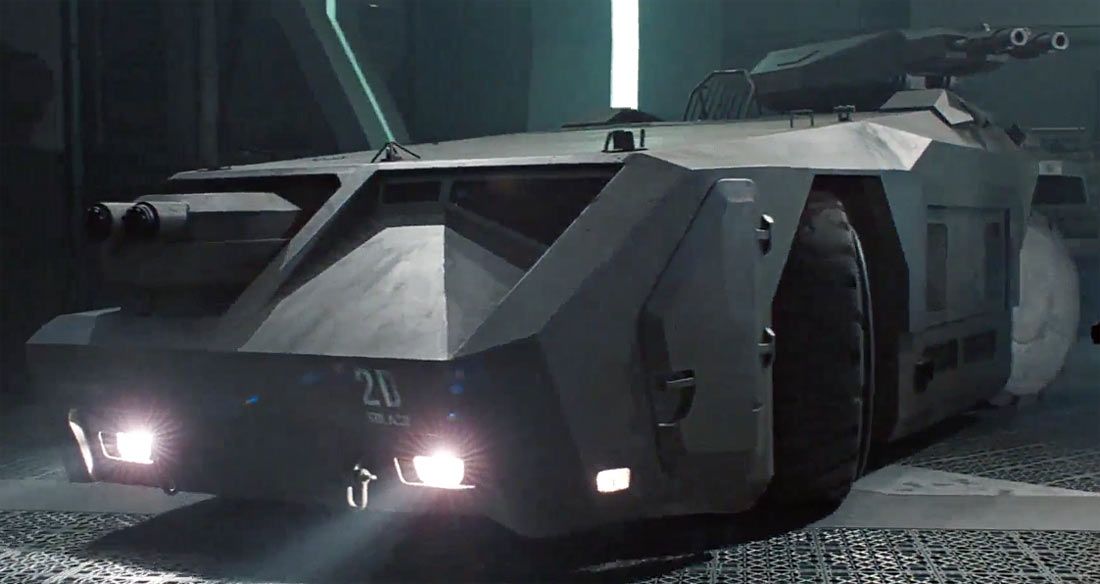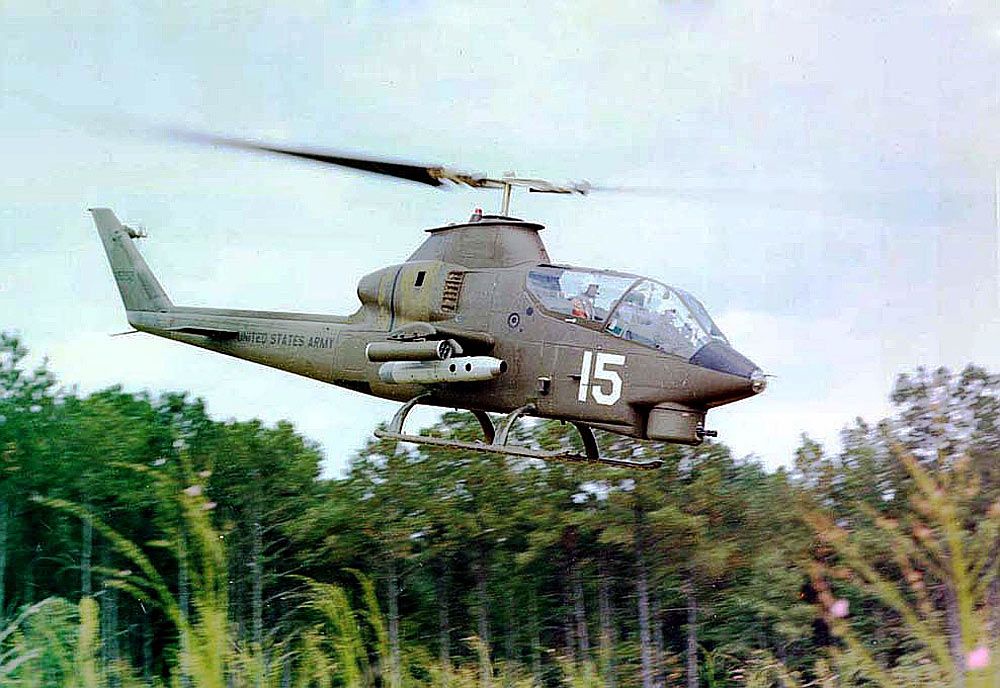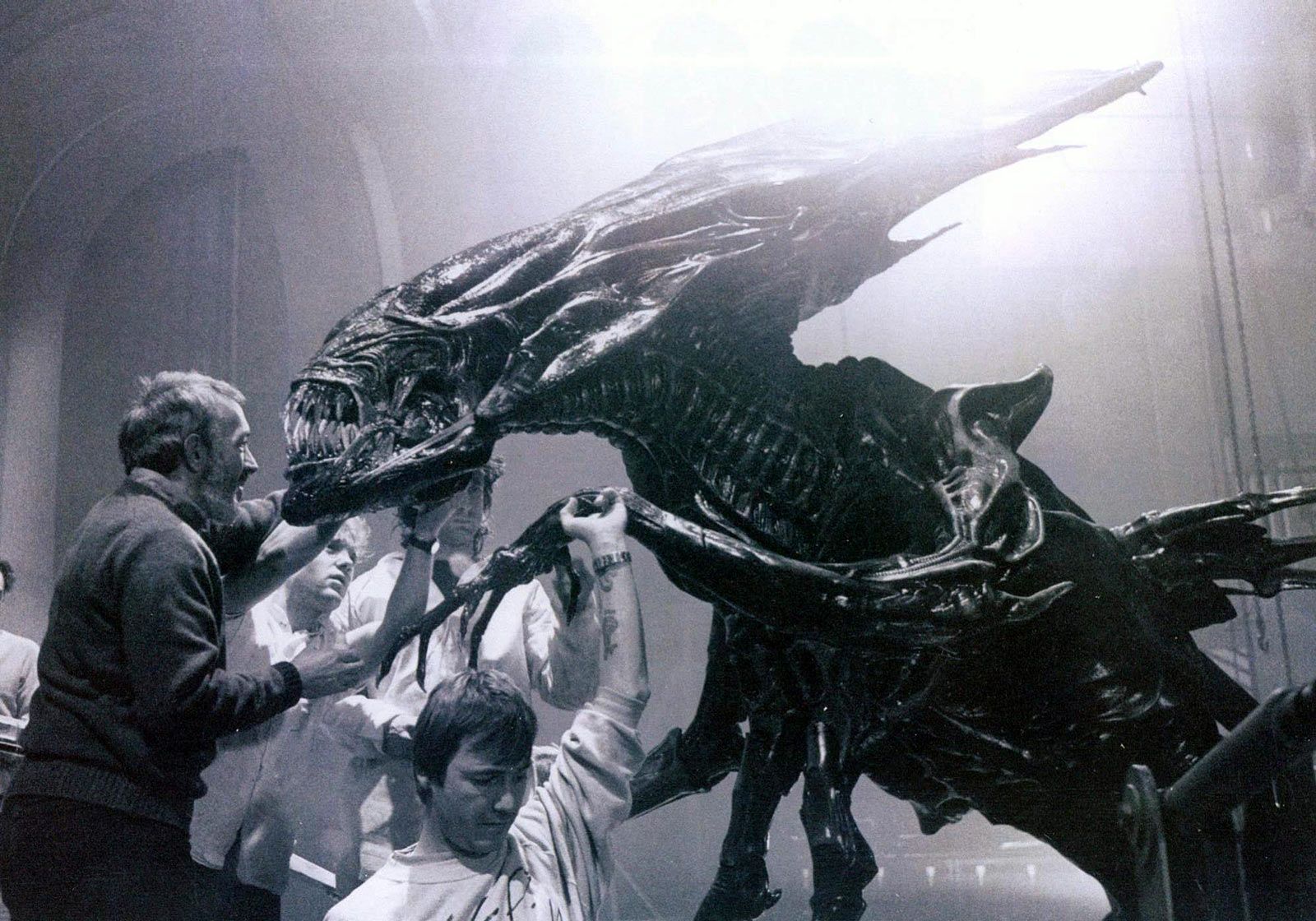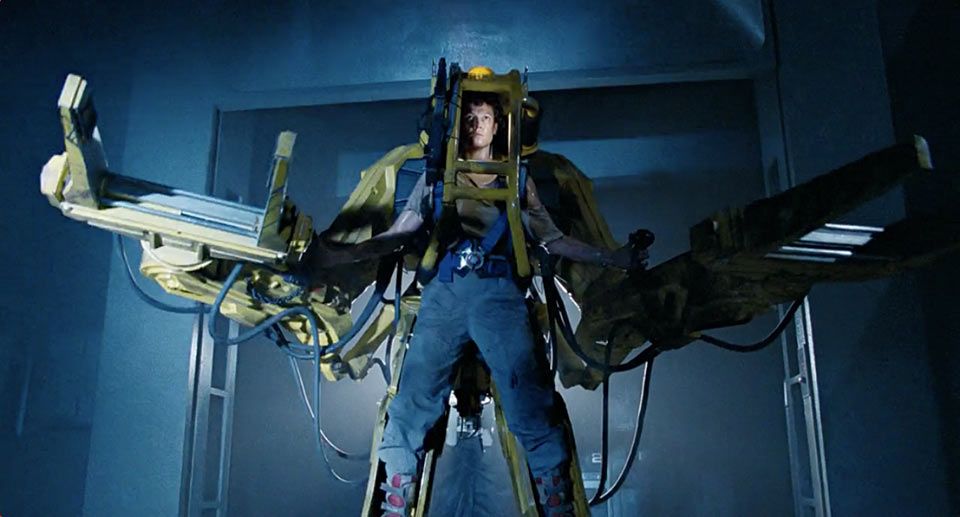"In space no one can hear you scream."
That was the very fitting tagline for 1979's "Alien," the sci-fi/horror masterpiece directed by Ridley Scott about an alien aboard a spaceship that begins to murder its entire crew, save for Ellen Ripley (Sigourney Weaver).
The tag for "Aliens" signaled a change in tone and genre from the original. "This Time It's War" only hinted at what awaited audiences when writer/director James Cameron's sequel arrived in theaters on July 18, 1986. While it shared some DNA with the original "Alien," as well as its eponymous xenomorph, Cameron's film traded horror for action -- and plenty of space marines -- which allowed future sequels to continue reinventing the franchise (though director Neill Blomkamp's "Alien 5" is rumored to pick up from the events of "Aliens" and largely ignore the third and fourth films in the series).
RELATED: "Aliens" Cast to Reunite for 30th Anniversary at SDCC
The journey from concept to film proved to be an interesting one for "Aliens," filled with internal squabbles, firings, set walk-offs and design changes. To celebrate the 30th anniversary of the ground-breaking film, CBR examines some of the more interesting tidbits from the making of "Aliens."
10 "Aliens" Was an Allegory for the Vietnam War
Looking to give the movie, set in the distant future, a more realistic feel (and one much closer to present day), director James Cameron used the Vietnam War as a template. With the Space Marines representing the U.S. conservative hawks of the late '60s (using their superior fire power), Cameron portrayed the xenomorphs with many of the characteristics of the Vietnamese, using the landscape and the Marines' over-reliance on technology to their advantage. According to Screenprism, James Cameron said, "Their training and technology are inappropriate for the specifics, and that can be seen as analogous to the inability of the superior American firepower to conquer the unseen enemy in Vietnam: a lot of firepower and very little wisdom, and it didn't work."
While many doubt that the movie as a whole can be seen as an allegory for the Vietnam War, it's hard to refute some of the themes Cameron was going for, not to mention some of the design elements that were used in the film, are more than reminiscent of the era.
9 "Aliens" Was Supposed to Go Into Production Shortly After the Release of "Alien"
Seven years in the making, the sequel to the 1979 film was originally supposed to be made shortly after "Alien's" release. Arguments between Fox executives about the "need for" vs. the "cost to make" a sequel brought any thoughts of a production to a halt. Further stalling the sequel's launch was a lawsuit brought against Fox by the producers of "Alien" in regards to the disbursement of profits from the original. By the time that litigation was settled, it was already 1983. With the dust beginning to clear, all the principal players were ready to get a sequel made.
8 James Cameron Wrote the Film's Treatment in Three Days
In the fall of 1983, the producers behind "Aliens" (David Giler and Larry Wilson) approached James Cameron about his interest in the developing a sequel to "Alien." Cameron, who was already busy with pre-production work on "The Terminator," liked what Giler and Wilson were selling and wrote a 45-page treatment for the proposed sequel in just three days. Fox executives weren't all that crazy about his pitch, though, and their interest in the project waned.
During a nine-month break in the production of "The Terminator," Cameron fleshed out the treatment, turning it into a 90-page script. The script made would make its rounds through Fox, getting a much more favorable reception than the original treatment. With script in hand, the project officially received a greenlight.
7 Fox Wanted to Make the Sequel Without Sigourney Weaver
Sigourney Weaver, who played Ellen Ripley in the original, wasn't always a shoo-in for "Aliens." When she first heard about the potential sequel, she wasn't even sure she wanted to be involved. After meeting with James Cameron, her mind quickly changed. Fox, on the other hand, was much more difficult to convince. Executives balked over Weaver's inclusion for many reasons, mostly over payment.
The move forced Cameron and his then-wife, producer Gale Anne Hurd, to quit the project altogether. They went off on their honeymoon in Hawaii, and when the pair returned to California Fox and Weaver had come to an agreement. Weaver would get $1 million, to reprise the role of Ripley, plus a percentage of the film's profits. Compared to the $33,333 Weaver made in the original, it was quite a raise.
6 The British Crew Wasn't Fond of James Cameron
The sequel began production in England's Pinewood Studios. The film's crew, being partial to Ridley Scott, director of the original "Alien," felt Cameron's youth and inexperience were a hazard to Scott's vision. Cameron's biggest problem, though, rested with original Director of Photography, Dick Bush.
The pair fought constantly, and a line was drawn in the sand between Bush and Cameron over how the Alien hive should be lit. Cameron wanted the set dark and foreboding. Bush, however, kept pushing for the nest to be brightly lit, capturing all the details. Bush was ultimately fired over the dispute, with the crew walking off the set in a show of solidarity. Producer Gale Anne Hurd would convince the crew to return, but Adrian Biddle was hired to replace Bush as the film's cinematographer.
5 Sets from "Aliens" Lived on in Tim Burton's "Batman"
Remember the Axis Chemical plant in 1989's "Batman?" You might also remember it from as the xenomorph hive in "Aliens." Besides Pinewood Studios in England, Cameron and company filmed part of the movie at a decommissioned power plant in Acton, London. The Acton Lane Power Station, as it was called, would serve as the Atmosphere Processing Plant on Zeta Reticuli, the moon LV-426 in "Aliens." With its winding corridors and metal walkways, the abandoned power station proved a perfect set for "Aliens."
After filming of the sequel was complete, the set was left behind, still intact. When Tim Burton's "Batman" would go into production in October of 1988 (at Pinewood Studios, coincidentally), the Atmosphere Processing Plant from Zeta Reticuli was turned into the Joker's dip, Axis Chemicals.
4 The M577 Armored Personal Carrier (APC) is a Re-Purposed Aircraft Tug Tractor
That cool, Batmobile-looking transport in "Aliens"? That's a pushback tractor (also known as a "tug") used to push airplanes away from airport gates. At the time of filming, British Airways was decommissioning several of the tugs and the crew of "Aliens" purchased one. The problem for the production? The vehicle weighed 70 tons. Even after stripping out 35 tons of useless weight, the newly commissioned APC was still too heavy for the floor of the Acton Lane Power Station. To compensate (and stop a potential collapse), the crew had to further reinforce the power station's floor to support the vehicle's excess weight.
3 Two Military Vehicles Were Used as Inspiration for the UD-4L Cheyenne Dropship
In keeping with his Vietnam allegory, James Cameron tasked concept artists with the job of incorporating elements of Vietnam era aircraft into the Space Marine's vehicles. The AH-1 Cobra helicopter and the F-4 Phantom II fighter jet, for instance. Both vehicles were used in the development of UD-4L Cheyenne dropship seen in "Aliens."
Cameron picked both vehicles because of their extensive use in the Vietnam War; the Navy and the Air Force using the F-4 for ground attacks and the AH-1, introduced in 1968, used almost exclusively by the Army through the end of the Vietnam War. Unhappy with what the concept artist were coming up with, Cameron ended up constructing his own model of the UD-4L Cheyenne out of foam core and plastic, once again heavily borrowing design elements from both military vehicles.
2 James Cameron Designed the Alien Queen Himself
Still using H.R. Giger's designs as a template, the Alien Queen was unlike anything seen in the original film. Based on paintings Cameron completed in pre-production, the Alien Queen proved to be the most challenging obstacle to film. Built by special effects wizard Stan Winston, the Queen towered over everyone at over 14 feet tall. She required over 18 people to operate: two puppeteers inside the suit and 16 others just to move her. In today's era of post-production marvels, the Alien Queen used none. All the scenes with the Alien Queen were filmed in-camera, with only a miniature Queen used as a stand-in for trickier shots.
1 Ripley's Power Loader was Originally Designed to be a Four-Legged Construction Machine
James Cameron's original intention for the Power Loader was nixed due to its similarities to another four-legged machine from another blockbuster film, the AT-AT's in "Star Wars: The Empire Strikes Back." Instead, the Power Loader was re-designed as a "bipedal" machine.
A full scale prop was created for use in the movie's climatic scene. The Power Loader was built around stuntman John Lees, completely hiding him inside 600 pounds of fiberglass, PVC and aluminum. Even with counterweights built in, the Power Loader needed to be supported by wires. The Loader's claws were operated electriconically by Lees, who actually controlled the Loader's functions, leaving Sigourney Weaver to act her heart out.
Cameron's original designs for the Power Loader didn't go to waste, though. Just to show good ideas live on, the four-legged version of the Power Loader still appears in the "Aliens" novelization.
Learn anything new? What's your favorite scene in "Aliens"? Let us know in the comments.

